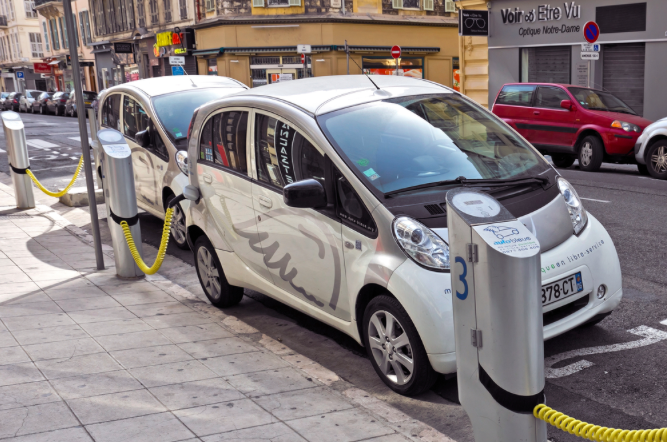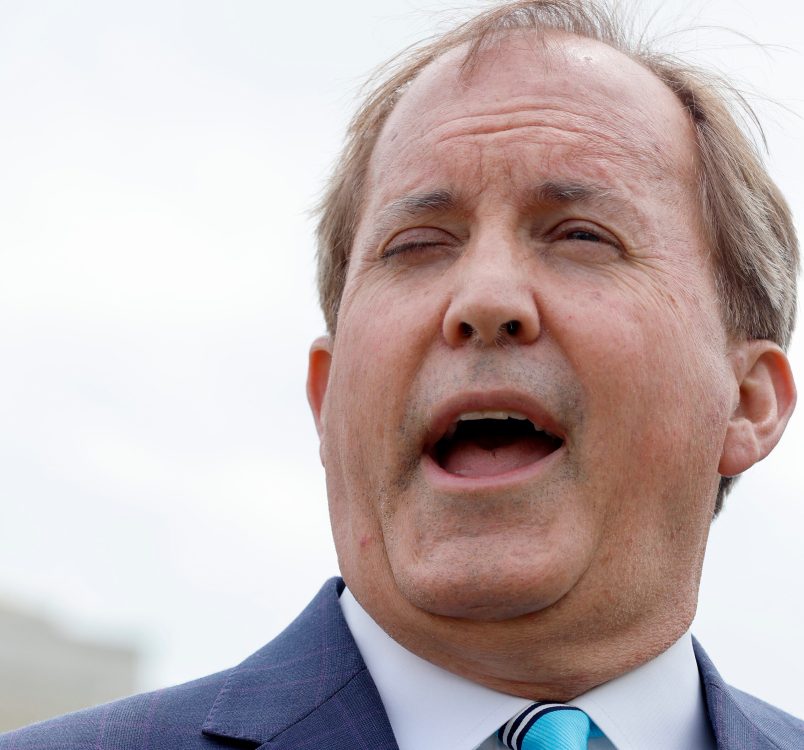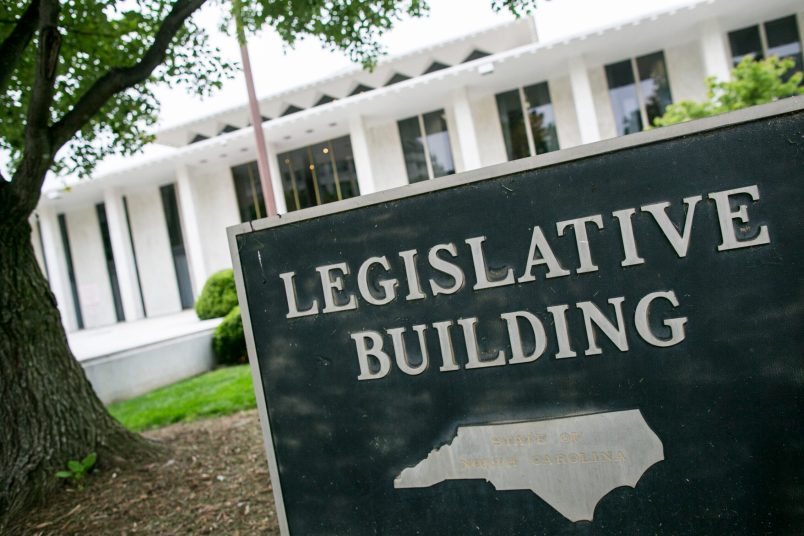This is the first in a five-part series sponsored by BP about America’s changing energy landscape.
During the next 20 years, overall energy consumption in the United States will increase by only 1 percent, while the nation’s population will grow by 17 percent. The result: Per-capita U.S. energy consumption — which has fallen by about 10 percent over the last decade — will be the lowest on record by 2035.
Here are five key points about this unprecedented shift in U.S. energy usage.
Structural changes in the U.S. economy will help reduce energy demand.

Over the past several decades, the United States has been transitioning from a manufacturing economy to a service-based economy. Manufacturing now accounts for only about 12 percent of GDP, down from around a quarter in 1970. As this structural transition continues, per-capita energy consumption will decline. This pattern isn’t unique to the United States. Mature economies use energy more efficiently than emerging economies.
Over the next two decades, the U.S. economy will get more value from the fuel it uses.

“Energy intensity” is the measure of the energy efficiency of a nation’s economy. High energy intensity indicates a high cost of converting energy into GDP, and low energy intensity indicates a low cost of doing the same. On average, the world uses 1.3 barrels of oil to generate $1,000 of GDP, but the amount varies significantly from country to country. For example, the United States requires one barrel, whereas China requires 2.5 barrels. By comparison, the European Union requires only three-quarters of a barrel, which helps offset the region’s labor costs and reliance on imported fuel sources. As per-capita domestic energy consumption declines, the United States will grow its economy with greater efficacy, increasing America’s global competitiveness.
Cultural shifts also are reducing per-capita demand.

Along with broad changes in the U.S. economy, another factor exerting downward pressure on per-capita energy demand is lifestyle choices. Americans are living in more crowded neighborhoods and smaller urban spaces than they did in years past, and they also are telecommuting more often and purchasing more fuel-efficient cars. Individually, these decisions can seem trivial, but collectively they are having a significant impact on energy consumption and on implications for future demand.
Reduced per-capita energy demand, along with the shift to natural gas, is significantly reducing carbon emissions.

By 2035, U.S. carbon emissions will be at their lowest level since 1992. The decline in carbon emissions largely can be attributed to the growing use of natural gas, which by 2025 will be the main fuel used in power generation. It also reflects a steady increase in the use of renewable energy sources, as well as the aforementioned drop in per-capita energy consumption.
Technology could help the United States use less energy.

Presently, only around 12 percent of fossil fuel and renewable energy is converted to useful heat, light or power. Researchers are studying ways to increase that conversion rate. For example, engineers at BP are developing new motor oils that help improve performance and reduce emissions; meanwhile, companies are using data to better coordinate the energy grid and make sure the most efficient sources of power are used first. All of these changes will reduce demand for the energy needed to power America.






